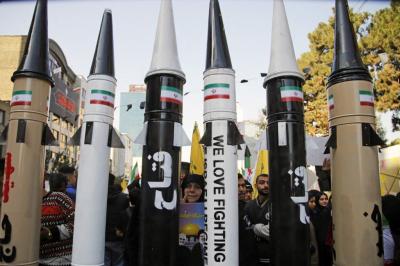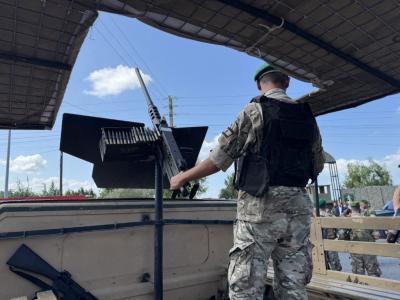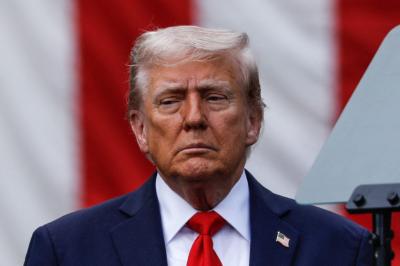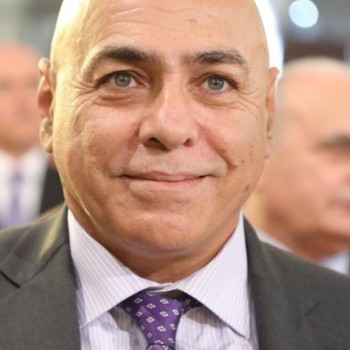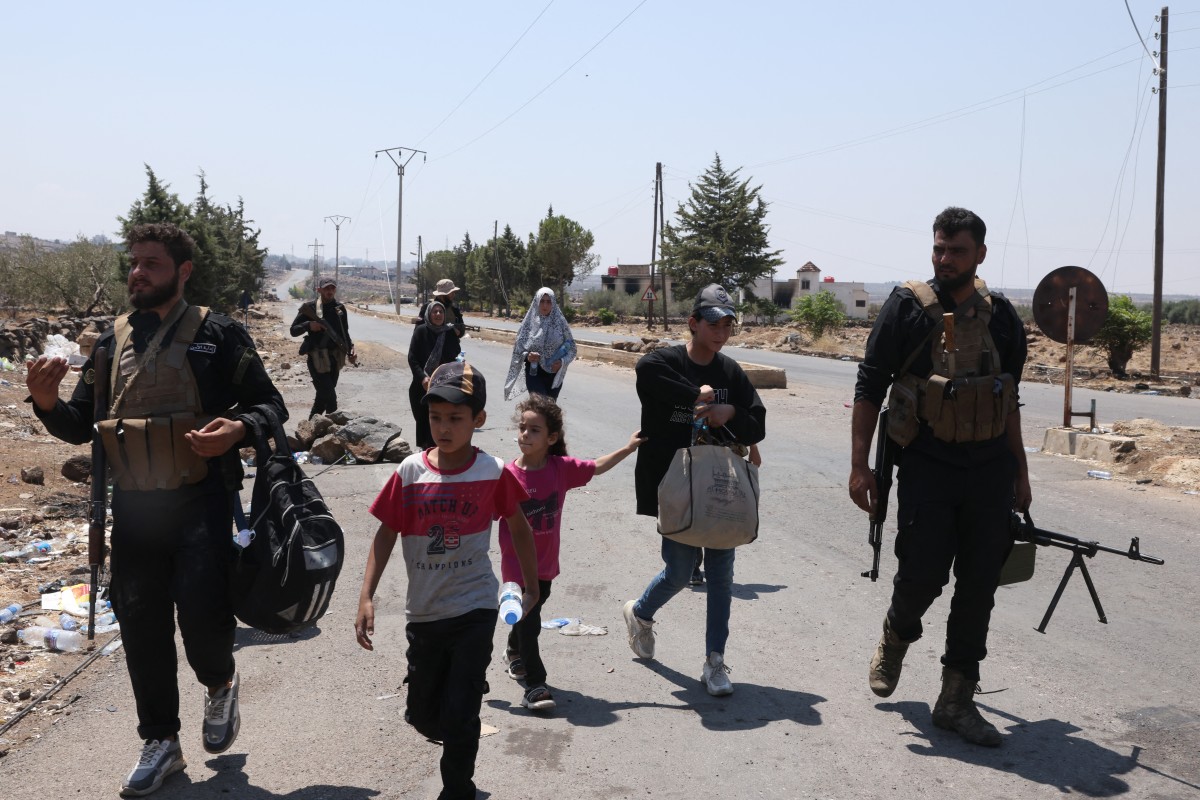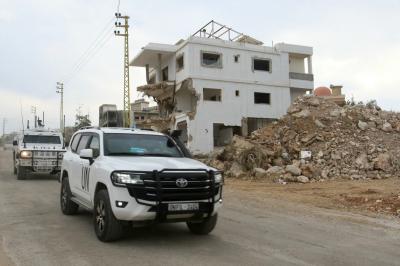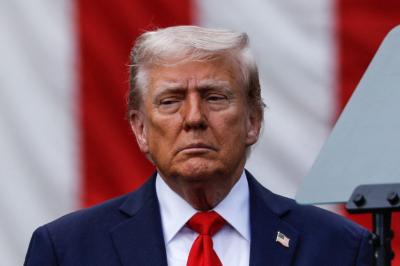The recent massacre in Sweida and its aftermath were not spontaneous outbursts of violence, but rather the result of a carefully orchestrated plan that exploited the region’s demographic diversity. Once again, the Southern Syrian province has returned to the spotlight, driven by a wave of popular mobilization rejecting the country’s political and economic new realities, and a growing confrontation with the new authorities seeking to impose the same security model previously implemented in Idlib.
Things escalated quickly in Sweida, a region known for its deep historical and religious sensitivities. The wave of violence—killings, assaults, and public humiliations—sparked outrage among the Druze community in Syria and across borders in Lebanon and Israel. No regional actor is more adept at capitalizing on such unrest than Israel.
The events unfolding in Sweida reflect a broader regional dynamic, blending Syria’s internal collapse with the assertive agendas of neighboring powers. For Israel, southern Syria is not just a buffer zone but a key component of its national security. Similarly, Turkey views the new Syrian governance model as a projection of its own religious and geopolitical influence. This sets the stage for a potential proxy conflict between the regional “backyards” of both nations.
Amid this chaos, the Druze of Sweida now face a new dilemma: distinguishing allies from adversaries in a rapidly shifting landscape.
Exploiting Southern Anxiety
Planners of the unrest capitalized on deep-rooted fears in southern Syria, especially in the wake of the fall of the former regime and the rise of a new power that has so far failed to shed its image of religious extremism. Tensions are further inflamed by the ambiguous position these groups take toward the Druze faith—despite the fact that both the Druze themselves and Al-Azhar officially consider them a sect of Islam.
Israel, meanwhile, is not acting on impulse. Since the 1980s, it has pursued a strategy of embedding its presence in the Golan Heights through infrastructure, education, media, and gradual normalization with local residents—though those efforts were largely resisted at the time. Today, the emotional and psychological severing of ties with “Mother Syria” may present the opening Israel needs to reshape the Druze reality and advance its strategic interests via Sweida.
Security Objectives
Israel’s foremost security aim is to neutralize both Iranian influence and jihadist factions in the region. Sweida lies at the crossroads of competing powers: local militias on one side, and Iranian-backed or jihadist groups supported by regional players on the other. This has turned the area into a testing ground for Israel’s “red line” policy.
Through a combination of military strikes and diplomatic influence, Israel has pushed for the demilitarization of southern Syria, explicitly opposing the presence of regime forces, Iranian proxies, and groups like Hayat Tahrir al-Sham south of Damascus. Tel Aviv envisions a "sanitized buffer zone" free of weapons and hostile forces—without a permanent Israeli military presence. To that end, Israel has used its leverage with Syria’s transitional authorities and international stakeholders to block the return of the Syrian army to the region, even during the latest ceasefire.
Israel’s message is clear: in this reshaped Middle East, it will not tolerate any security threats near its borders. Yet, even the region’s tight military cordon—from the Indian Ocean to the Mediterranean—cannot erase the stubborn realities of geography. Key maritime chokepoints such as the Strait of Hormuz and Bab el-Mandeb remain vulnerable to Iran and Yemen, while Egypt’s political climate still governs the fate of the Suez Canal.
Economic Ambitions
Beyond security, Israel’s vision includes an economic component: establishing a land-based trade corridor that bypasses the increasingly unstable maritime route from the Strait of Hormuz through the Red Sea and Suez Canal. The plan envisions a road stretching through Jordan, Iraq, and Syria—specifically via southern Syria—to Iraqi Kurdistan, then on to Europe. This corridor could compete with China’s Belt and Road Initiative and complement India’s trade routes to Europe.
But for this overland route to become viable, it must first be cleared of all militants—particularly Islamist factions—and armed groups. This has triggered a forced removal of Arab tribes from Sweida and other parts of southern Syria, including Daraa. The presence of extremist Sunni factions, once relocated from Idlib and now embedded within the new regime’s military structure, is being systematically eliminated across the region—from Quneitra to Daraa, Sweida, parts of Homs, and even Deir ez-Zor.
In his recent book “The 21st Century: An Era in Search of Identity,” former presidential adviser Manaf Mansour wrote:
“The bombing of Beirut Port on August 4, 2020, was a declaration of the end of Lebanon’s role as a regional transit hub. This came amid accelerating normalization between Israel and much of the Arab world, along with ongoing talks about a railway from India to Haifa through the Arabian Peninsula, and a maritime route through Israel to Europe.”
So why has no serious initiative emerged to rebuild Beirut Port?
The answer may lie in the groundwork being laid for this alternative route. The silence speaks volumes.
Please post your comments on:
[email protected]
 Politics
Politics
